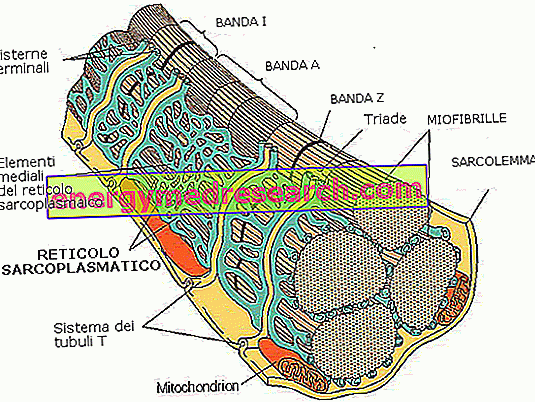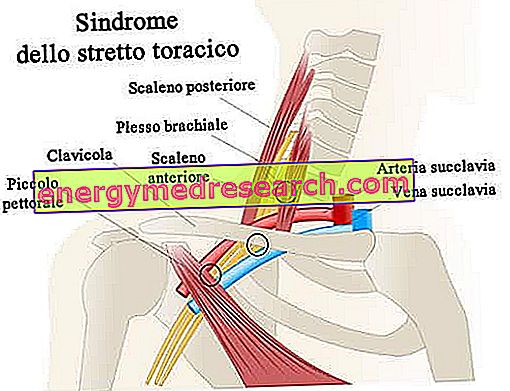What is Lipofilling
What is Lipofilling and what is it used for?
Lipofilling is a special aesthetic-surgical procedure for remodeling the body, aimed at increasing the volume of areas that are emptied or slightly protruding.
Also known as " lipostructuring intervention ", lipofilling involves the aspiration of a known quantity of fat from a so-called "donor" area, and the subsequent transplantation of the same into a different "emptied" area.
The fat taken from the body (autologous fat) is reintroduced into the desired location just like a common filler: in this case, however, the "filler" is a substance naturally produced by one's own body.

Features
What are the characteristics of Lipofilling and how does it differ from common fillers?
The lipofilling ideology follows that of common fillers: retouching the typical imperfections of age, reshape lost volumes and correct skin imperfections. What changes is the substance that is inoculated: while in common fillers, hyaluronic acid and collagen are the most used and most requested "filler" substances, lipofilling uses adipose (fat) tissue taken directly from the body of the patient himself. According to this, it is easy to understand how the risk of intolerance / reaction to the inoculated substance is clearly reduced in lipofilling.
Furthermore, while the hyaluronic acid and collagen fillers are completely reabsorbable (the rejuvenation effect disappears 3-12 months after treatment), lipofilling can sometimes be considered a semi-permanent treatment. In fact, only a percentage of transplanted fat is reabsorbed (30-40%): most of it remains in situ. For this reason, the woman who undergoes lipofilling expects a long-lasting and stable remodeling. However, to reach the maximum desired effect, it is estimated that the woman must undergo three lipofilling interventions, 6 months apart from each other.
Indications
The key objective of lipofilling is the rejuvenation of one's body and the improvement of its aesthetic appearance. Precisely, lipofilling is indicated in the following circumstances:
- Define cheekbones, cheeks and chin;
- Redrawing face;
- Smooth wrinkles;
- Volumizing thin lips;
- Fill buttocks and calves;
- Reshape sagging or slightly protruding breasts.
Depending on the area treated, it is possible to distinguish the facial lipofilling from the body lipofilling.

In addition to aesthetic purposes, lipofilling can also be the best solution for quickly repairing injured tissues and promoting wound healing. Indeed, recent studies have shown that adipose tissue can be considered a precious source of stem cells. Starting from this assumption, modern tissue engineering techniques have paved the way for an increasingly refined and sophisticated use of lipofilling. For this purpose, the lipostructuring operation is indicated also in the following cases:
- Correction of post-traumatic / surgical defects;
- Healing of pressure sores;
- Health recovery following burns;
- Filling of scar areas;
- Correction of tissue fibrosis.
Before the surgery
The pre-operative visit is essential for both the patient and the surgeon, to define expectations and plan carefully for the intervention. You need to tell your doctor about any previous illness (even minor ones), just as it is important to report any medications you have taken in the past or are taking for a given disease. Before undergoing lipofilling, it is also necessary to declare further, possible, aesthetic / surgical treatments previously performed on the face or in other parts of the body. Before the operation, the patient is photographed in her areas that will undergo lipofilling, in order to make a comparison after remodeling.
The patient must then sign a form in which she declares to have been informed of the purpose, methods and possible risks of the intervention, giving her consent to perform lipofilling.
Important recommendations before Lipofilling
- Do not take acetylsalicylic acid or other anti-inflammatories in the 2 weeks prior to lipofilling: these drugs can alter blood clotting.
- Stop smoking or otherwise abstain from smoking for 4 weeks before and 8 weeks after lipofilling. Smoking alters micro-circulation and, by obstructing the engraftment of fat, increases the risk of infection.
execution
How the intervention takes place
The lipofilling procedure is normally performed under local anesthesia with sedation, in day surgery. However, especially in the body lipofilling, in some cases the doctor may decide to subject the patient to general anesthesia. In this situation, of course, hospitalization time will increase. However, usually, one night of hospitalization is sufficient.

Before proceeding with lipofilling, it is necessary to centrifuge the fat taken for a few minutes at 3, 000 rpm: the purpose is to purify the fat from anesthetic, blood and fluids that have leaked due to the breaking of some adipocytes.
The preliminary liposuction to the implant is essential to purify the "raw" fat: only centrifugation guarantees to obtain a fat suitable for lipofilling.
Subsequently, we proceed by implanting the adipose filler in the desired area, using an even thinner cannula.
The duration of the operation varies depending on the type and extent of the areas to be treated. In principle, the lipofilling procedure lasts from thirty minutes to about two hours.
Finally, once the operation is completed, the surgeon will apply an appropriate elastic-compression bandage to the treated areas in order to prevent side effects, such as edema and hematoma.
After the surgery
As mentioned, immediately after the operation, the patient will be applied elasto-compressive bandages which will be removed by the surgeon after a certain period of time, which varies according to the area treated.
In the immediate post-operative period, the patient may experience some undesirable effects such as soreness and pain in the area treated. Generally, these effects can be controlled by taking pain medication that will be prescribed by your doctor.
Naturally, medical checkups are planned, in order to constantly monitor the healing processes. The frequency of these visits will be established by the surgeon.
The return to normal daily activities can usually be done 2-4 weeks after surgery, but - even in this case - this period is strongly influenced by the type and extent of the area treated.
The result of the lipofilling can be fully observed only after 8-12 weeks from the intervention.
Associated interventions
What other interventions can be performed together with lipofilling?
Lipofilling can be associated with several other cosmetic surgery procedures. For example, in order to obtain better results, it is not unusual for the face lipofilling to be performed in association with a lifting operation.
Furthermore, lipofilling is frequently associated with interventions such as liposuction, blepharoplasty, gluteoplasty, malaroplasty, etc.
Results and Benefits
The results obtained with lipofilling are generally good and always have a good level of satisfaction in the patients who undergo it.
Furthermore, this cosmetic surgery technique has a number of advantages that should not be underestimated, such as:
- Absence of allergic reactions following the inoculation of the "adipose filler", since the fat taken belongs to the same patient;
- Permanent results (generally, after the execution of two or three interventions, due to the partial reabsorption that occurs in the first period following the operation);
- Achieving a completely natural rejuvenating and filling effect.
Side effects and complications
The post-operative course of lipofilling could generate a certain physical discomfort, caused by the perception of pain and swelling in the areas where the fat was taken and re-inoculated. The formation of small hematomas and ecchymoses in the days immediately following the operation must be considered an almost normal phenomenon.
Some patients also experience a slight increase in temperature (low-grade fever) in the first 2-3 days after lipofilling.
Other possible side effects of lipofilling include:
- Hyperpigmentation of the skin in the treated areas: it is recommended not to expose yourself to the sun for 4 months after lipofilling;
- Allergy to drugs used;
- Edema or swelling of the treated areas (which tends to resolve within 15-30 days);
- General malaise;
- Possible resorption of transplanted fat after a few months from lipofilling.



